While China reels under Coronavirus outbreak, India has reported death of a Thai woman, Coronavirus suspect in Kolkata hospital.
Get the latest international news and world events from around the world.

Scientists develop a concept of a hybrid thorium reactor
Russian scientists have proposed a concept of a thorium hybrid reactor in that obtains additional neutrons using high-temperature plasma held in a long magnetic trap. This project was applied in close collaboration between Tomsk Polytechnic University, All-Russian Scientific Research Institute Of Technical Physics (VNIITF), and Budker Institute of Nuclear Physics of SB RAS. The proposed thorium hybrid reactor is distinguished from today’s nuclear reactors by moderate power, relatively compact size, high operational safety, and a low level of radioactive waste.
“At the initial stage, we get relatively cold plasma using special plasma guns. We retain the amount by deuterium gas injection. The injected neutral beams with particle energy of 100 keV into this plasma generate the high-energy deuterium and tritium ions and maintain the required temperature. Colliding with each other, deuterium and tritium ions are combined into a helium nucleus so high-energy neutrons are released. These neutrons can freely pass through the walls of the vacuum chamber, where the plasma is held by a magnetic field, and entering the area with nuclear fuel. After slowing down, they support the fission of heavy nuclei, which serves as the main source of energy released in the hybrid reactor,” says professor Andrei Arzhannikov, a chief researcher of Budker Institute of Nuclear Physics of SB RAS.
The main advantage of a hybrid nuclear fusion reactor is the simultaneous use of the fission reaction of heavy nuclei and synthesis of light ones. It minimizes the disadvantages of applying these nuclear reactions separately.
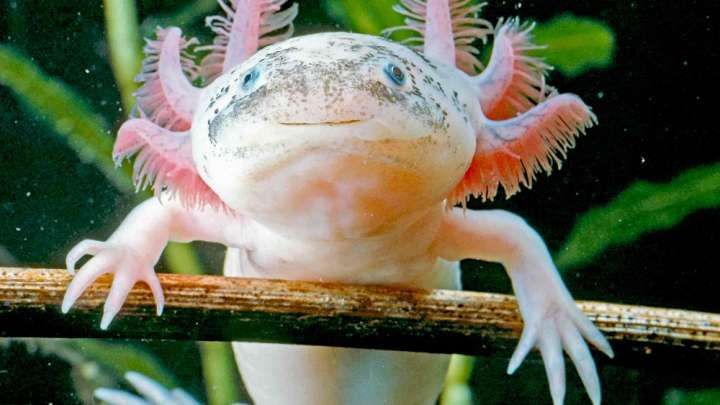
Scientists Identify Two Genes Key To Axolotl Limb Regeneration
The regenerative properties of axolotls has led to them become one of the most studied species of salamander in the world. In 2018 their genome, which is 10 times longer than that of humans, became the longest yet to be sequenced. However, understanding the functions of the genes associated with axolotl regeneration has proven a challenge for scientists, as they are contained within reams of repeated lengths of DNA.
Researchers at Yale University have developed a novel screening platform to potentially circumvent this problem, and bring the possibility of applying this regenerative process to humans a step closer. Their novel screening platform involved the creation of markers to track 25 of the genes suspected to be involved in axolotl limb regeneration.
“It regenerates almost anything after almost any injury that doesn’t kill it,” said Parker Flowers, co-author and Professor of Molecular, Cellular, and Developmental Biology at Yale University.
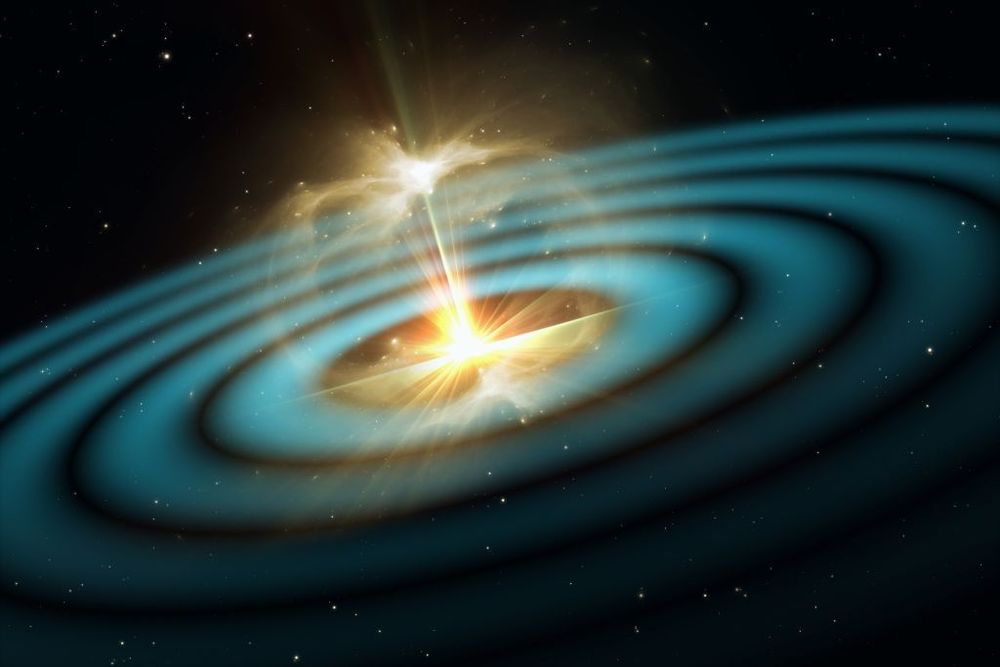
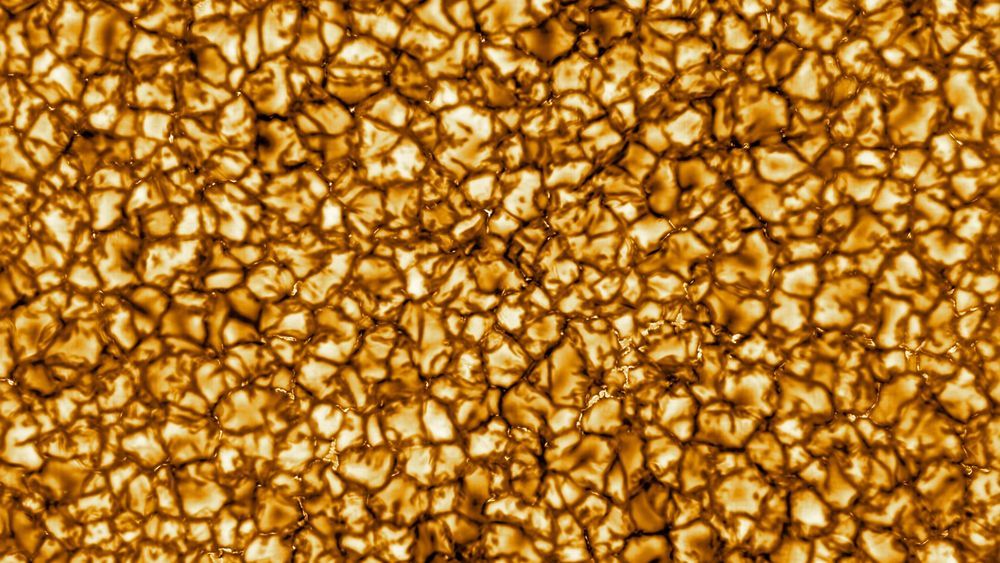
This is the highest-resolution photo of the sun ever taken
There’s a good reason why we need to take a closer look at the sun. When the solar atmosphere releases its magnetic energy, it results in explosive phenomena like solar flares that hurl ultra-energized particles through the solar system in all directions, including ours. This […] can wreak havoc on things like GPS and electrical grids. Learning more about solar activity could give us more notice of when hazardous space weather is due to hit.
You can see structures on the surface as small as 18.5 miles in size.
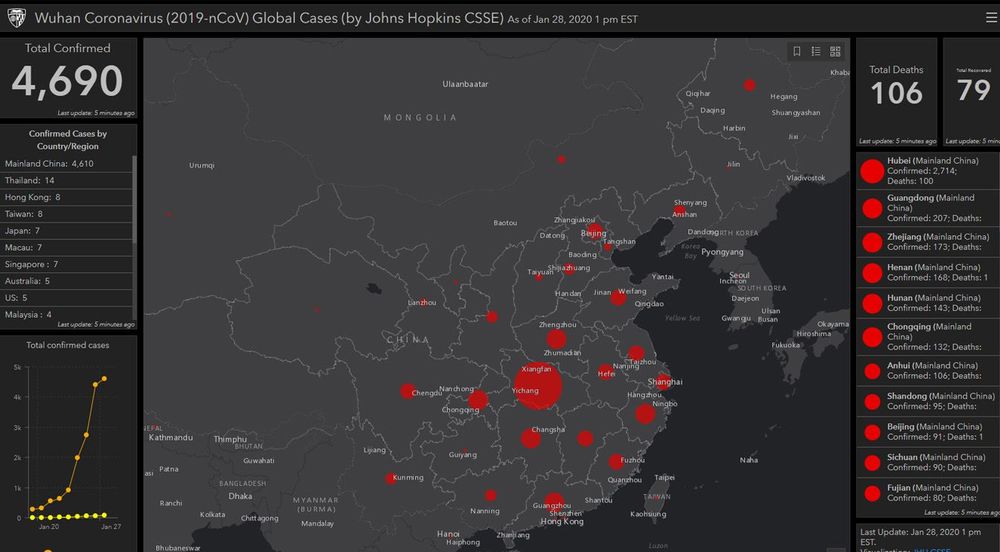
New Website Tracks Coronavirus Outbreak in Real Time
You’d have to be living under a very isolated rock to be unaware of the dangerous coronavirus outbreak centered on the city of Wuhan in China. The disease has infected several thousand people, and more than 100 have died. Researchers at Johns Hopkins University have created a new tool to track and visualize the outbreak. In a world where it’s easy to spread incorrect information, having an authoritative and easily digestible source like this can be essential.
China allegedly sought to keep the epidemic under wraps, arresting people who posted about the virus on social media. However, the rapid spread of coronavirus infections soon made it impossible to hide. The Chinese government eventually sealed the city of Wuhan as it tries to get a handle on the situation, but many people left the city before that happened. Surrounding provinces have confirmed several dozen infections, and there are a handful of cases in other countries like Thailand, Japan, and the US.
Coronaviruses are a common cause of respiratory infections in humans — it’s one of the pathogens that can cause the “common cold.” However, some strains can be much more dangerous. For example, the 2003 SARS outbreak was a strain of coronavirus called SARS-CoV. The new strain doesn’t have a fancy acronym. It’s just known as the Novel coronavirus (2019-nCoV). Out of over 4,000 infections, 106 have died and only 79 have completely recovered.
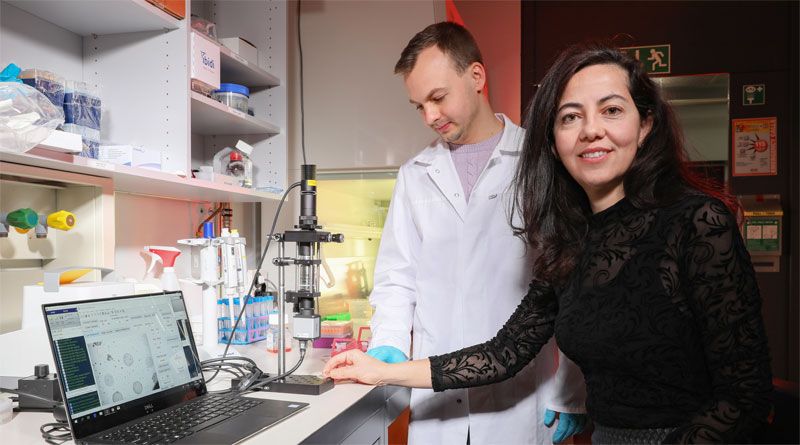
Portable Biosensor Uses Light at Nanoscale to Detect Sepsis in Minutes
LAUSANNE, Switzerland, Jan. 28, 2020 — Time is critical when diagnosing sepsis, but the tests currently used to identify this disease can take up to 72 hours. Researchers at the Laboratory of Bionanophotonic Systems (BIOS) at École Polytechnique Fédérale de Lausanne (EPFL) have developed an optical biosensor that reduces sepsis diagnosis time from several days to a few minutes. The portable biosensor is based on nanoparticle-enhanced digital plasmonic imaging.

How to Clear Data Facebook Collects About You from Other Sites and Apps
Dear followers, you all should use this tool to find which 3rd-party ‘websites you visited’ or ‘apps you used’ have shared your activity data with Facebook and DELETE it.
How to use off-facebook activity tool?
However, it’s important to note that the feature doesn’t actually allow users to delete their browsing information from Facebook servers; instead, it simply lets users dissociate collected data from their Facebook account.
For example, I tried it and found that over 1000 apps and websites had shared my online activity with Facebook in the past 180 days, many of which are news, banking, and healthcare organizations, and even LinkedIn.
Japan Is Building a Giant Gundam Robot That Can Walk
Japan is constructing an 18-meter-tall, 25-ton Gundam robot powered by a combination of electric and hydraulic actuators.
Japan has had a robust robot culture for decades, thanks (at least in part) to the success of the Gundam series, which are bipedal humanoid robots controlled by a human who rides inside of them. I would tell you how many different TV series and video games and manga there are about Gundam, but I’m certain I can’t count that high—there’s like seriously a lot of Gundam stuff out there. One of the most visible bits of Gundam stuff is a real life full-scale Gundam statue in Tokyo, but who really wants a statue, right? C’mon, Japan! Bring us the real thing!
Gundam Factory Yokohama, which is a Gundam Factory in Yokohama, is constructing an 18-meter-tall, 25-ton Gundam robot. The plan is for the robot to be fully actuated using a combination of electric and hydraulic actuators, achieving “Gundam-like movement” with its 24 degrees of freedom. This will include the ability to walk, which has already been simulated by the University of Tokyo JSK Lab:
As we all know, simulation is pretty much just as good as reality, which is good because so far simulation is all we have of this robot, including these 1/30 scale models of the robot and the docking and maintenance facility that will be built for it:
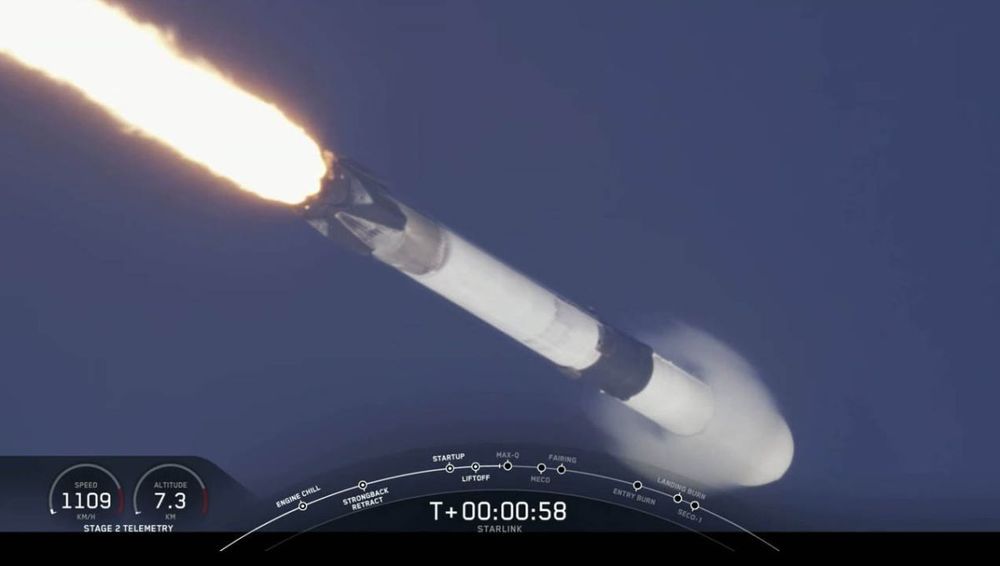
SpaceX launches 60 new Starlink satellites, sticks rocket landing at sea
CAPE CANAVERAL, Fla. — SpaceX successfully launched its fourth batch of Starlink satellites into orbit and nailed a rocket landing today (Jan. 29) following days of weather delays for the mission.
A sooty Falcon 9 rocket — which made its third flight with this launch — roared to life at 9:06 a.m. EST (1406 GMT), lifting off from Space Launch Complex 40 at Cape Canaveral Air Force Station here in Florida. The rocket carried 60 more Starlink satellites for SpaceX’s growing constellation, the second such launch by the company this month. The satellites all successfully deployed about an hour after liftoff.